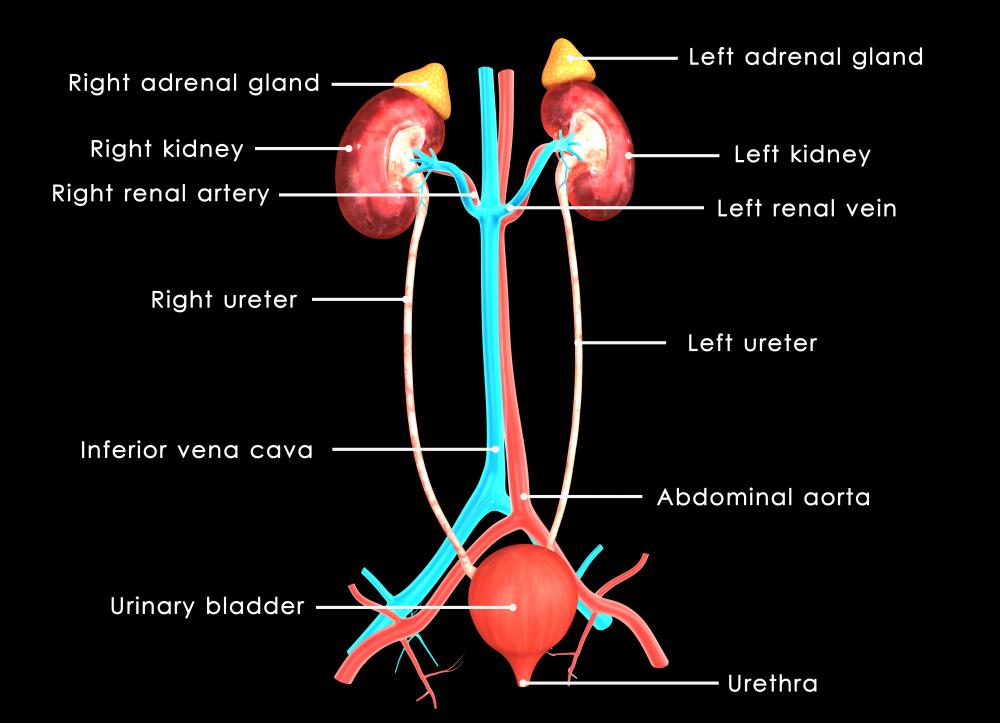At WiseGEEK, we're committed to delivering accurate, trustworthy information. Our expert-authored content is rigorously fact-checked and sourced from credible authorities. Discover how we uphold the highest standards in providing you with reliable knowledge.
What is the Umbilical Vein?
The umbilical vein is a blood vessel that is uniquely associated with a developing fetus. Running from the placenta to the fetal liver, it carries oxygenated blood and nutrients from the mother's body to that of the developing baby. During the gestation period, this structure also serves as an access point for fetal blood sampling when certain diagnostic procedures are necessary. The blood vessel remains open for a short period after birth, and is a vascular access for intravenous medications when emergency treatment is necessary for very ill infants. This procedure is known as umbilical vein catheterization.
In the earliest stages of embryological development, the umbilical vein is a paired structure, with right and left veins running parallel from the placenta to the developing fetus. During the second month of gestation, the right side typically disappears, leaving the left structure which remains until after birth. Maternal blood travels through the placenta and into the umbilical vein, which runs directly into the fetal liver. At the liver, the vein branches into three vessels. From these, placental blood travels into the inferior vena cava, which in turn carries the oxygenated and nutrient-rich blood to the fetal heart.

During pregnancy, the umbilical vein provides doctors with a minimally-invasive access to fetal blood circulation, to enable screening for a number of possible complications. Known as percutaneous umbilical blood sampling, this procedure allows doctors to screen for conditions such as anemia, as well as infections, like toxoplasmosis, herpes, and rubella — which is also known as German measles. Additionally, a fetal blood screen can check blood chemistry if the baby does not appear to be developing as expected, and can provide white blood cells to be used for chromosomal analysis. Such a test is done by inserting a thin, hollow needle through the mother's abdominal wall and into the umbilical cord. Percutaneous umbilical blood sampling is generally performed on an outpatient basis, and is described as being no more painful than any other needle-related procedure.

For approximately one week after birth, the umbilical vein remains open and viable as a source of vascular access for emergency medical treatment. While a standard intravenous line is usually the preferred method of treatment, if such placement is not possible, the umbilical vein can provide ready access to the baby's vascular system. Once in place, the catheter can be used to administer intravenous fluids and medication. Reasons for this procedure can include emergency fluid supplementation, resuscitation, and stabilization prior to transport to another medical center.
AS FEATURED ON:
AS FEATURED ON:















Discussion Comments
It is important to note that maternal blood itself does not go into the umbilical vein.
In fact, in normal pregnancies, the maternal and fetal blood never make contact. Nutrient exchange between the two blood supplies occurs across the membranes of fetal capillaries, which are bathed in maternal blood, in the placenta. Contact of the two blood supplies would cause immunological complications, including maternal rejection of the fetus.
Post your comments